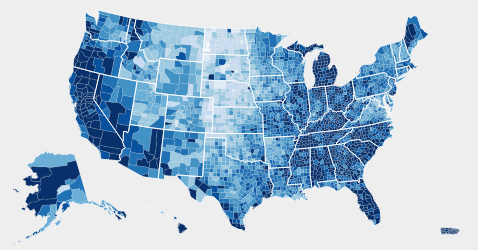More details at the site but:
ONC & VA invite you to rethink how the medical record is presented. We believe designers can use their talents to make health information patient-centered and improve the patient experience.
Being able to access your health information on demand can be lifesaving in an emergency situation, can help prevent medication errors, and can improve care coordination so everyone who is caring for you is on the same page. However, too often health information is presented in an unwieldy and unintelligible way that makes it hard for patients, their caregivers, and their physicians to use. There is an opportunity for talented designers to reshape the way health records are presented to create a better patient experience.
Learn more at http://healthdesignchallenge.com
The purpose of this effort is to improve the design of the medical record so it is more usable by and meaningful to patients, their families, and others who take care of them. This is an opportunity to take the plain-text Blue Button file and enrich it with visuals and a better layout. Innovators will be invited to submit their best designs for a medical record that can be printed and viewed digitally.
This effort will focus on the content defined by a format called the Continuity of Care Document (CCD). A CCD is a common template used to describe a patient’s health history and can be output by electronic medical record (EMR) software. Submitted designs should use the sections and fields found in a CCD. See http://blue-button.github.com/challenge/files/health-design-challenge-fields.pdf for CCD sections and fields.
Entrants will submit a design that:
- Improves the visual layout and style of the information from the medical record
- Makes it easier for a patient to manage his/her health
- Enables a medical professional to digest information more efficiently
- Aids a caregiver such as a family member or friend in his/her duties and responsibilities with respect to the patient
Entrants should be conscious of how the wide variety of personas will affect their design. Our healthcare system takes care of the following types of individuals:
- An underserved inner-city parent with lower health literacy
- A senior citizen that has a hard time reading
- A young adult who is engaged with technology and mobile devices
- An adult whose first language is not English
- A patient with breast cancer receiving care from multiple providers
- A busy mom managing her kids’ health and helping her aging parents
This is an opportunity for talented individuals to touch the lives of Americans across the country through design. The most innovative designs will be showcased in an online gallery and in a physical exhibit at the Annual ONC Meeting in Washington DC.
should be enough to capture your interest.
Winners will be announced December 12, 2012.
Only the design is required, no working code.
Still, a topic map frame of mind may give you more options than other approaches.
